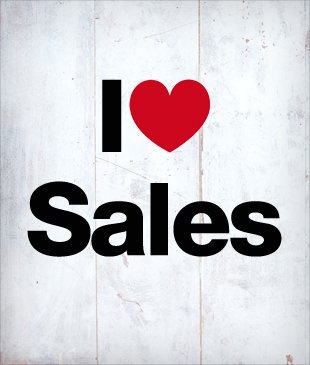The buyer had told you that they were in the market for exactly what you were selling, and the timing couldn’t be better. The pricing was right and your solution met all the buyer’s needs but lo and behold the sale did not happen. Has this ever happened to you?
If you are like me and many others, you have been in this situation before. Why does this happen? I had thought long and hard about it and developed some theories around it, and then about 10 years back my boss introduced me to a book called “Solution Selling” by Michael Bosworth. As I went through the book I realized that what Mr. Bosworth said made perfect sense and was completely consistent with my experience and hypothesis. We were losing deals in situations like the one described above because we were too late.
What Mr. Bosworth suggests is that there are essentially three phases a buyer goes through.
Latent Need – The need is either not defined or the buyer is resigned to the fact that no solution exists for her need. For example, it could be that buyer has collection of old 78 RPM records (remember those?) and has in the past tried to digitize them. The last time she looked for a solution it was prohibitively expensive to do. So she shelved the idea and the need to digitize became a latent need.
Pain – This is when a latent need becomes an active pain. In our example above, the need would become a pain if the buyer reads an article about a new inexpensive service that digitizes old records.
Evaluating Alternatives – This is the last stage. This is where the buyer is convinced that they have a pain and that a solution(s) exist for it. This is when they are in the market for alternatives.
To often, a smart seller has already taken the buyer through the stages of latent need and pain and painted a shared vision with the buyer to where they are “singing his tune”. When you come in at this stage you are at a disadvantage because you are playing a game that somebody else has defined the rules for.
The ideal situation, therefore is to think hard about what you have and help walk your buyer through all the three stages of their buying cycle. If you do it right, both the buyer and seller will have a shared vision of the end state. The shared vision will solve the buyer’s problem and result in a sale for the seller. A win-win situation for all.






